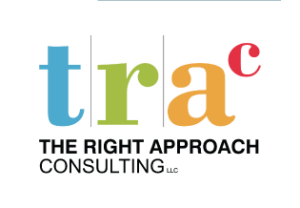Best Practices 101-PT 4
“But we already made a process flowchart – isn’t that good enough?”
In a word, no. Process flow diagrams are a great first step, but they don’t tell the entire story. Value stream maps add one critical ingredient that standard process flowcharts don’t have; time. Process flowcharts, whether drawn by hand or electronically, do not capture this important element. They only simply present a snapshot of the sequence of steps in the process. Time is essential to understanding how one operation affects another and where your resources are being spent.
Value Stream Mapping
A value stream map (VSM) takes the basic flowchart to the next level, kind of like a process flowchart on steroids. In addition to the basic action boxes with arrows showing the flow of work, a lot of other information is added, including material and information flow, operating parameters, process lead-times, inventory, a timeline depicting value-added time relative to non-value added time, and so on. Value stream mapping is the single most effective major process analysis step to identify the value stream, and conversely, the non-value waste in your processes. The value stream is the set of all the specific actions and activities required from the beginning of a process to the end of a process. Imagine a long and winding deep blue stream flowing through cities, counties, and states. Next, visualize all the things that the river carries within it: water, fish, minerals, plants and a thousand other elements which combine to form the stream. Processes are very much like a stream; they flow in a natural direction and carry materials and information within them from one point to another.
 The activity of value stream mapping is the core fundamental method of identifying the areas of waste which can be eliminated within any process. By finding the sources of waste and quantifying them, action plans for reducing or eliminating them can be prioritized. Apart from identification, value steam mapping can also help to streamline a process for higher productivity and efficiency. Each process needs to have the beginning and end clearly identified before this can occur. This sounds simple, but since many of these discrete processes often run together, it is critical to define the boundaries of the process from a value stream standpoint. Only through a detailed process analysis can you identify the non-value added steps that have become accepted, unquestioned parts of the process that result in “the way we have always done it.”
The activity of value stream mapping is the core fundamental method of identifying the areas of waste which can be eliminated within any process. By finding the sources of waste and quantifying them, action plans for reducing or eliminating them can be prioritized. Apart from identification, value steam mapping can also help to streamline a process for higher productivity and efficiency. Each process needs to have the beginning and end clearly identified before this can occur. This sounds simple, but since many of these discrete processes often run together, it is critical to define the boundaries of the process from a value stream standpoint. Only through a detailed process analysis can you identify the non-value added steps that have become accepted, unquestioned parts of the process that result in “the way we have always done it.”
The Value Stream Map Paradox: Value stream mapping is the most effective lean tool for identifying high payoff opportunities, yet value stream mapping is the lean tool most likely not to be used by companies doing “Drive-By Lean”.
